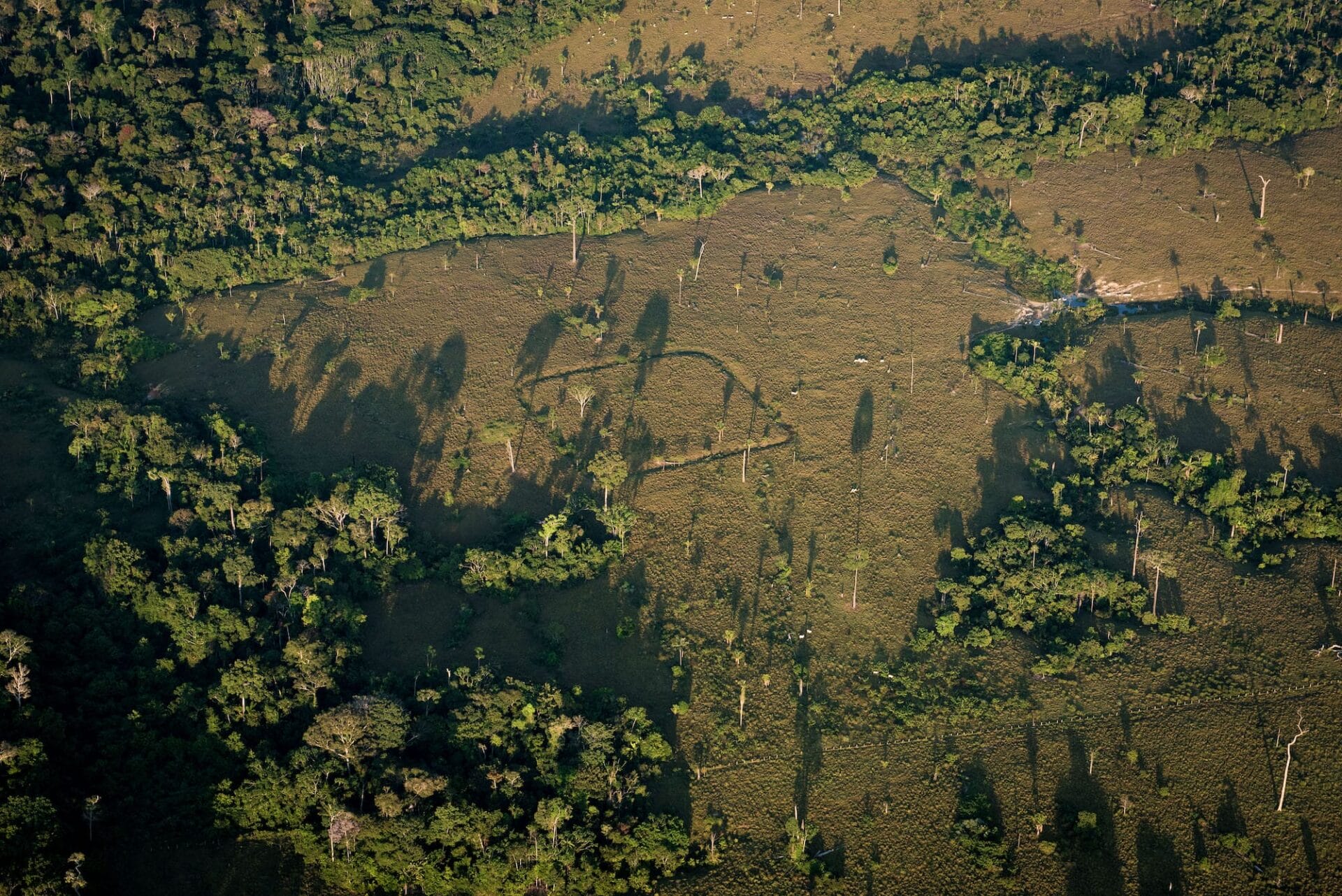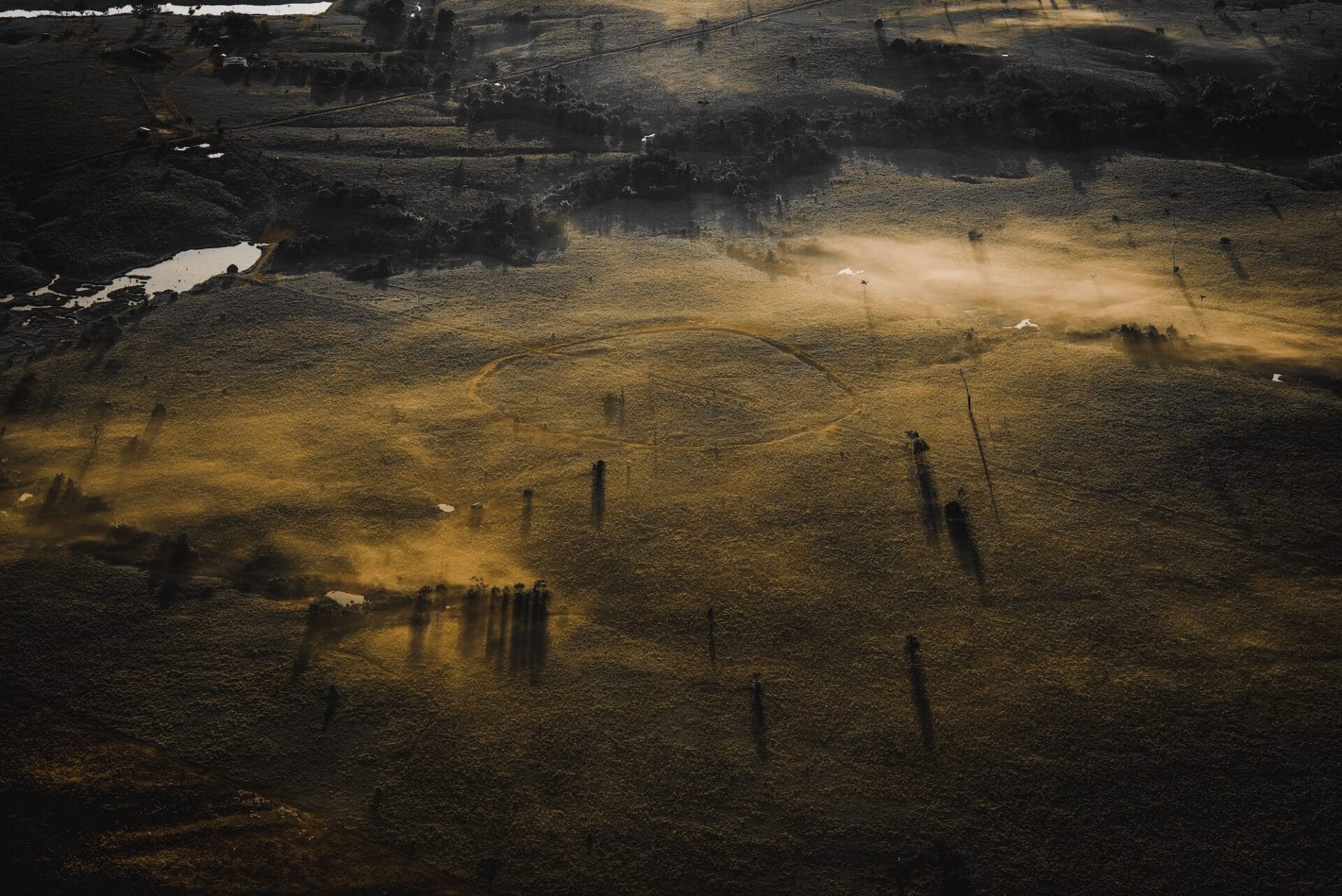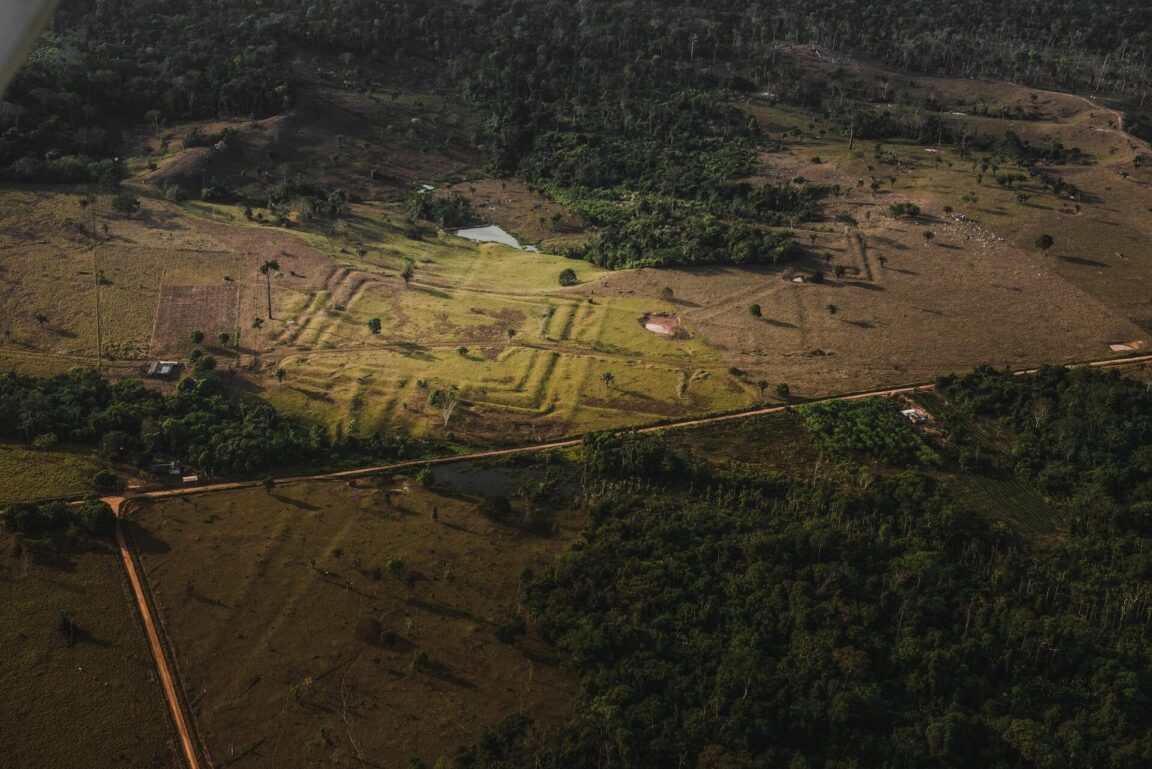- Ancient Amazonian Civilizations: Indigenous societies in the Amazon basin have a history dating back 12,000 years.
- LiDAR’s Role in Discoveries: Remote-sensing LiDAR technology led to the identification of 24 previously unknown earthworks.
- Insights into Ancient Societies: These societies demonstrated advanced knowledge in earthmoving, river dynamics, and ecology.
- Evidence of Large-Scale Sites: Estimates suggest up to 24,000 undiscovered sites across Amazonia.
- Domesticated Tree Species: Findings include evidence of early forestry practices.
- Cultural and Legal Relevance: These discoveries support debates around Indigenous territorial rights and acknowledge their historical presence.
Ah, the Amazon – a vast green sea, an emerald mystery holding secrets for millennia. Imagine walking through this dense forest, every step a discovery, every leaf a page in history. But here’s the thing – sometimes, the stories are hidden not in the trees, but beneath them. Enter the world of archaeologists Vinicius Peripato and Luiz Aragão, who’ve taken us on a journey not through the forest, but above it, using the eyes of modern technology – LiDAR.
A Leap into the Past with LiDAR
“Have you seen this?” I recall asking my colleague, holding up the latest issue of Science. The cover showed an aerial photo, the land below etched with monumental geometric shapes. It was like looking at the Earth’s tattoos, mysterious and ancient. Vinicius and Luiz, these intrepid researchers from Brazil‘s National Institute for Space Research, had just turned archaeology in the Amazon on its head.
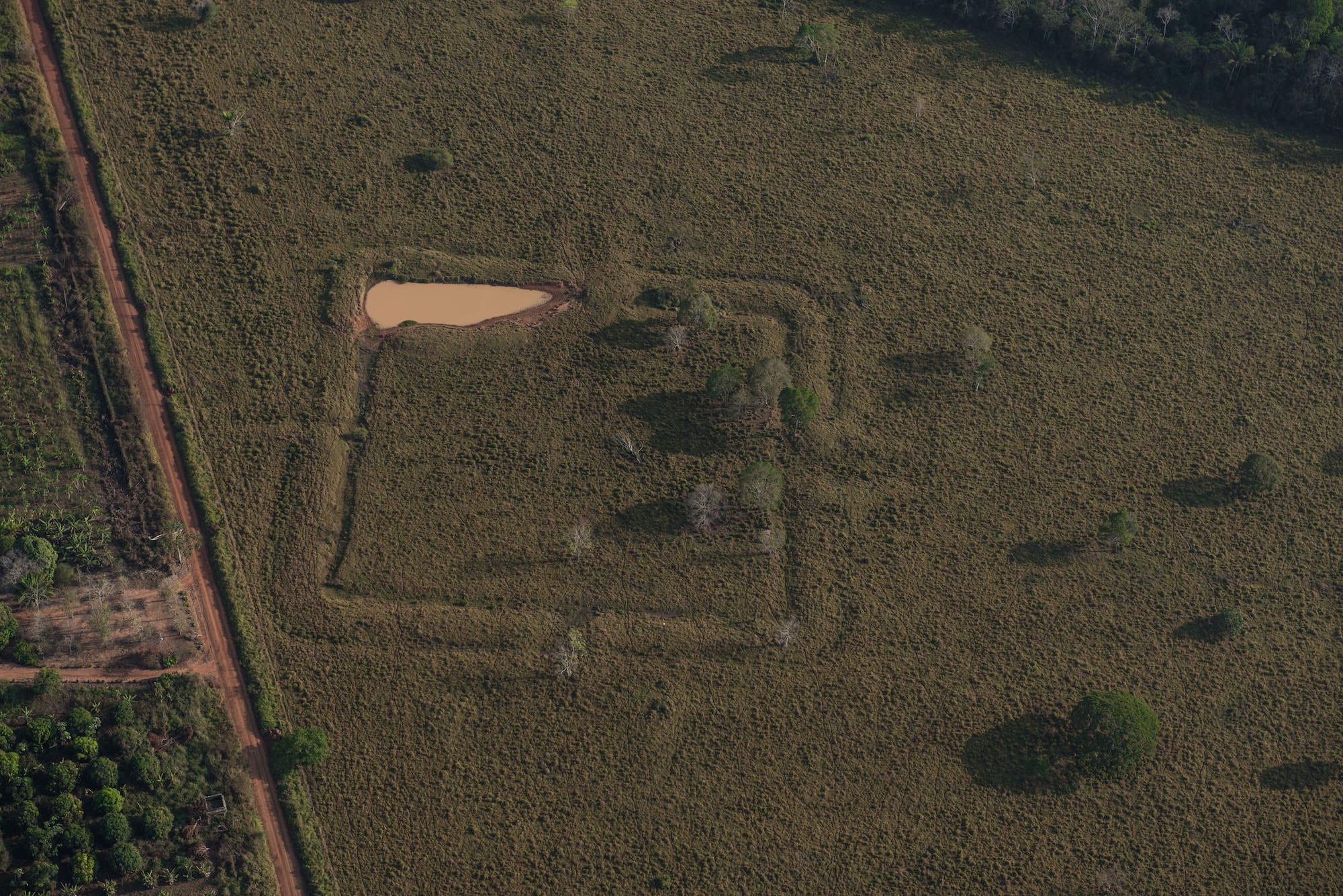
Using LiDAR, they pierced through the dense canopy, revealing not just one or two, but 24 previously hidden earthworks. Imagine that – 24 whispers from the past, suddenly loud and clear.
The Wisdom of Ancient Engineers
The article in Science was like a window into a world we’d barely imagined. These weren’t just random ditches or mounds. They were intricate ring ditches, ponds, wells, and geoglyphs, crafted with a precision that spoke of a deep understanding of their environment. As Vinicius put it, these ancient societies were “more than survivors; they were conquerors, shaping the land to their will.”
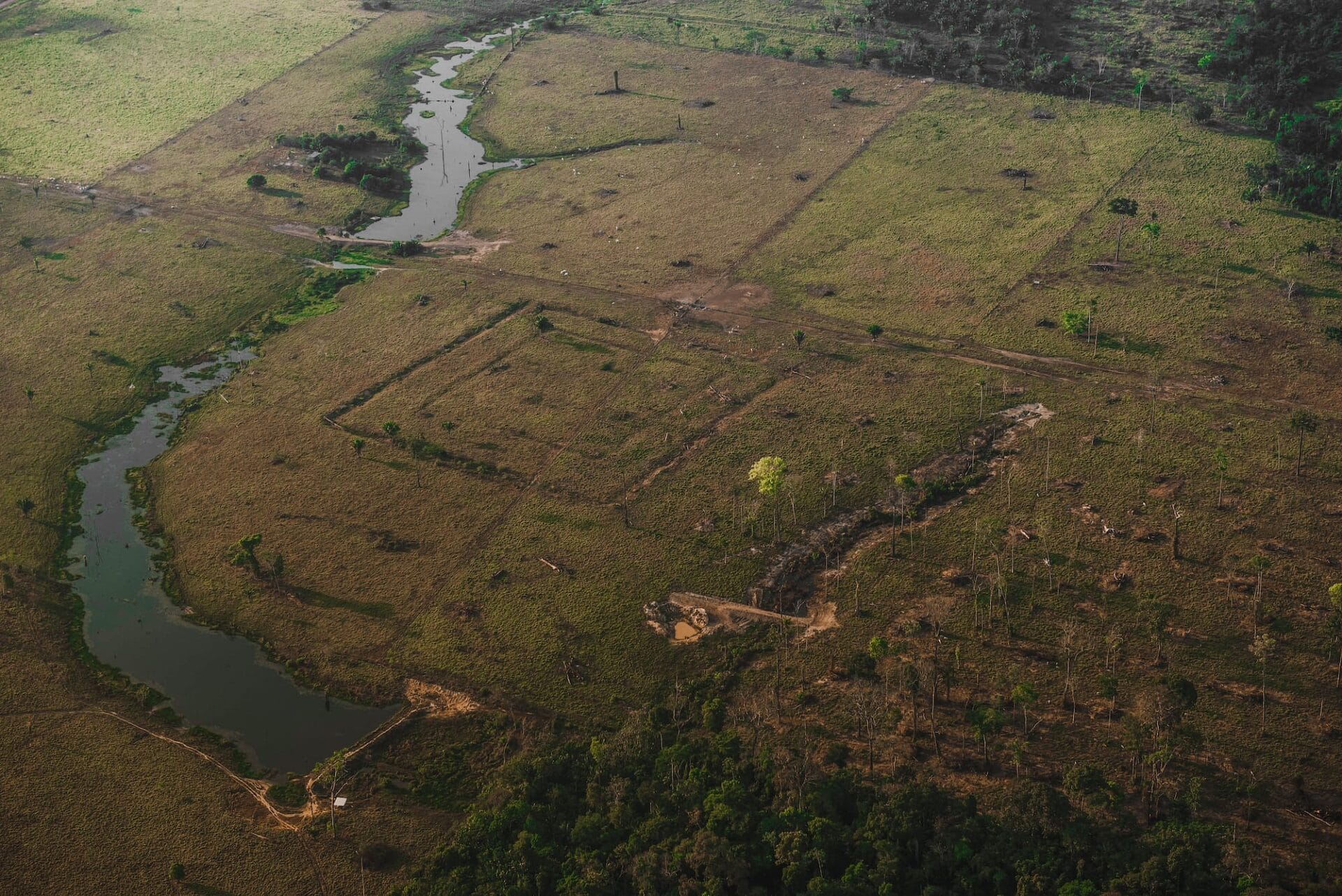
I remember discussing this with a friend over coffee. “It’s like they were the first landscape architects,” he mused, stirring his cup thoughtfully. “They knew the rivers, the soil, the plants, and animals. They weren’t just living in the Amazon; they were part of it.”
The Unseen Cities of the Amazon
The real kicker, though, was the scale of it all. Those 24 sites were just the beginning. The researchers estimated that there could be up to 24,000 such sites across Amazonia’s 2.59 million square miles. “It’s like finding a hidden continent,” I remember saying, awestruck.
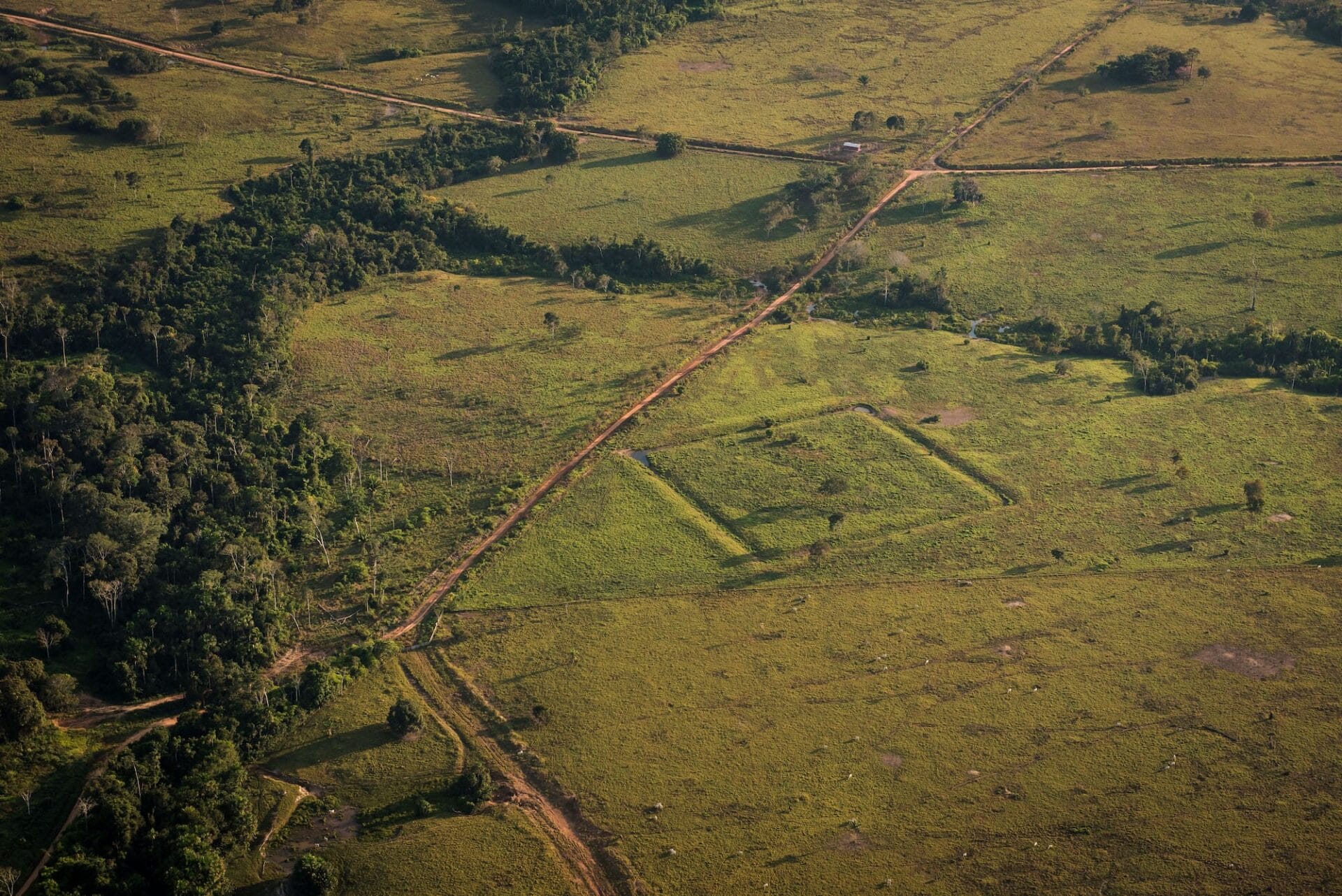
It wasn’t just about the number of sites. It was what they represented – a civilization that lived not in isolation, but in clusters, possibly with social, ceremonial, and defensive purposes. It was a whole new chapter of human history, waiting to be written.
Trees That Tell Stories
Then there’s the twist – the domesticated tree species. This wasn’t just about earthworks. It was about an entire ecosystem shaped by human hands. These ancient societies, it seems, were not just builders but gardeners of great skill and foresight.
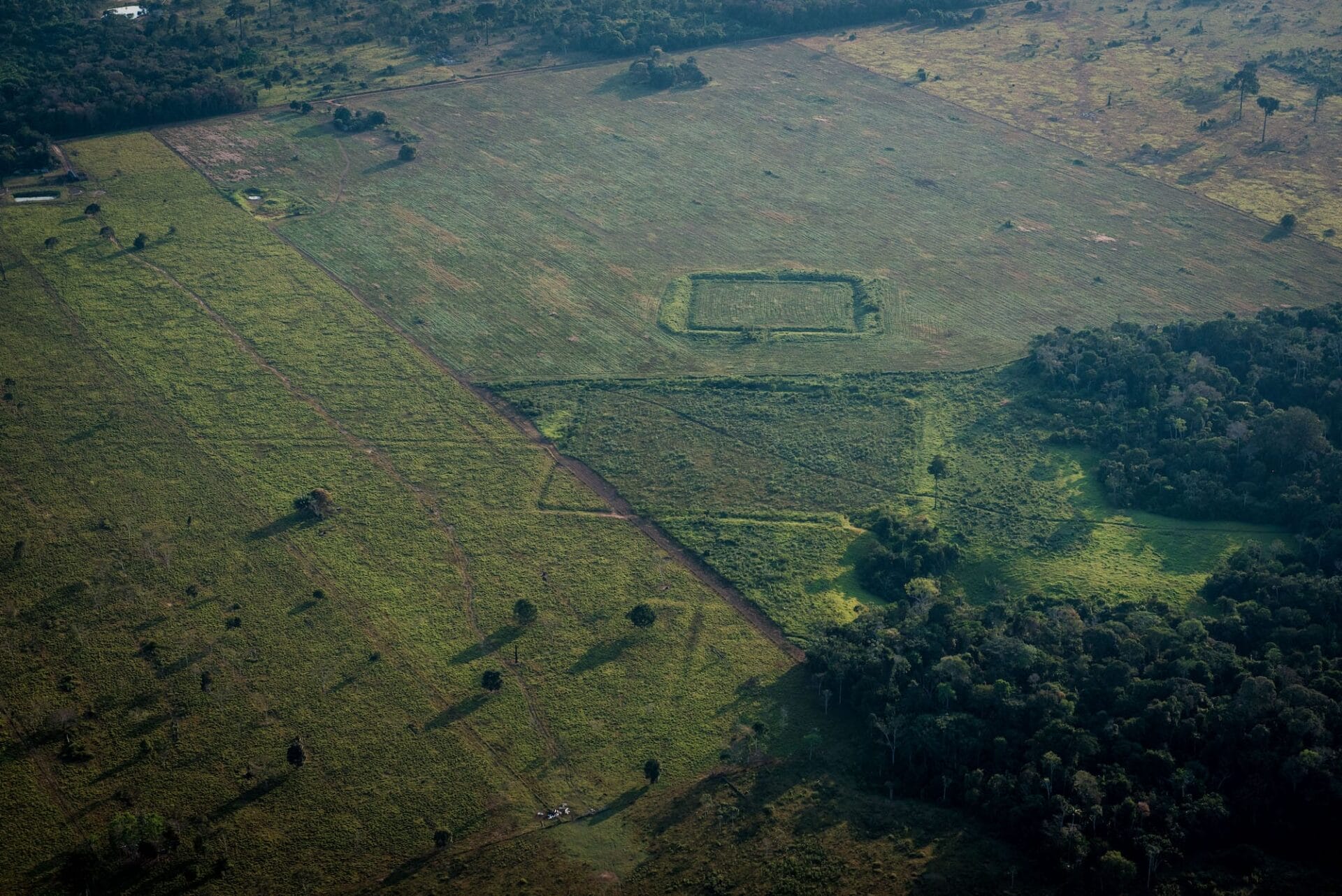
Vinicius and Luiz’s work isn’t just a tale of discovery. It’s a statement, a testament to the ingenuity and resilience of those who lived long before us. As they put it, these findings are more than archaeological wonders; they’re evidence in the ongoing dialogue about Indigenous rights and history.
A Legacy Beyond Time
As I sat there, flipping through the pages of Science, it struck me how this discovery bridges past and present. It’s a reminder that the Amazon, often seen as a wild, untouched frontier, has been home, hearth, and canvas to human creativity and ingenuity for thousands of years.
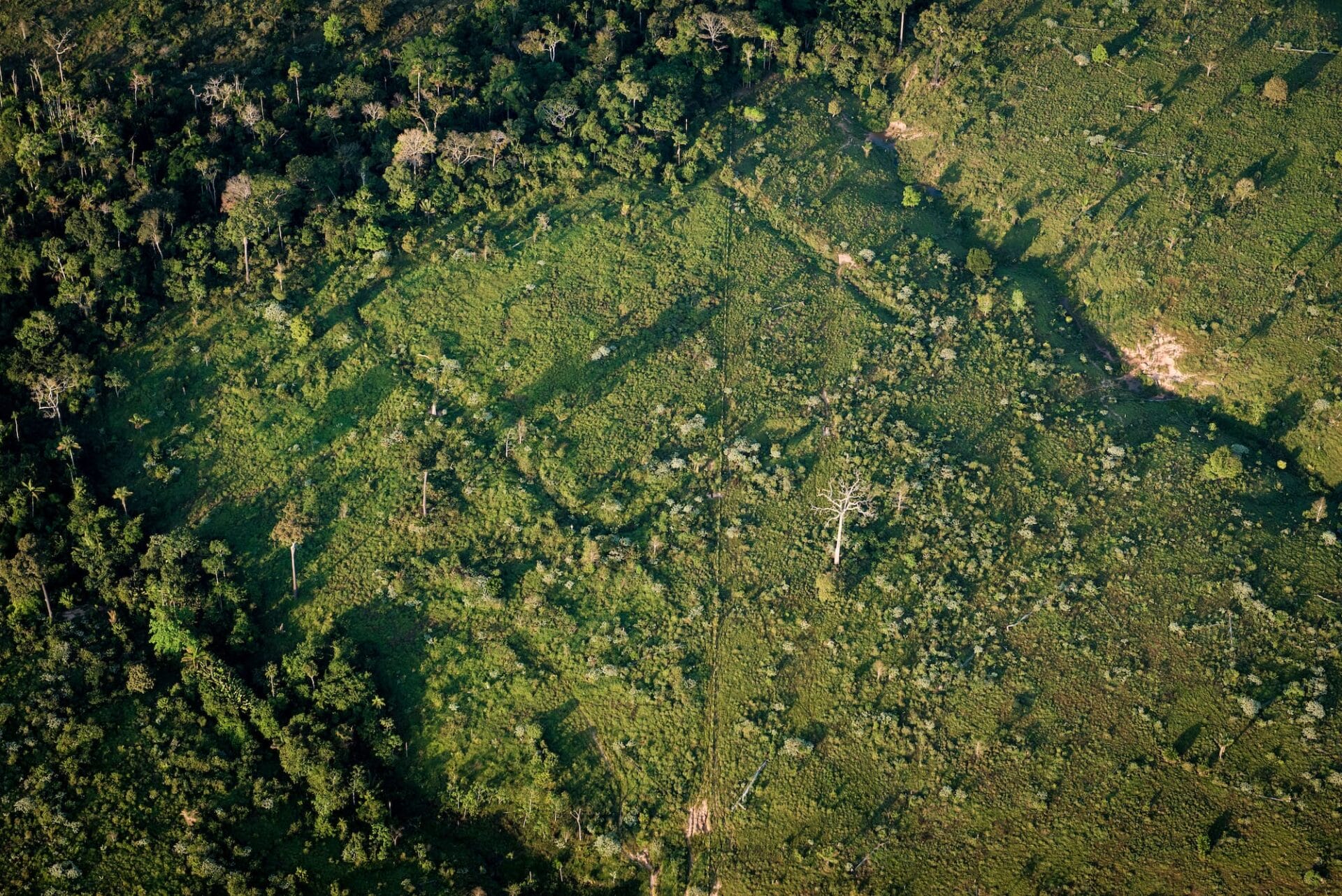
The Amazon’s story is not just one of nature but of people – people who knew its secrets and shaped its landscapes. Thanks to the vision of researchers like Vinicius and Luiz, we’re just beginning to understand the depth of this relationship. And what a story it is – a saga written in soil and leaf, waiting for us to turn the page.
